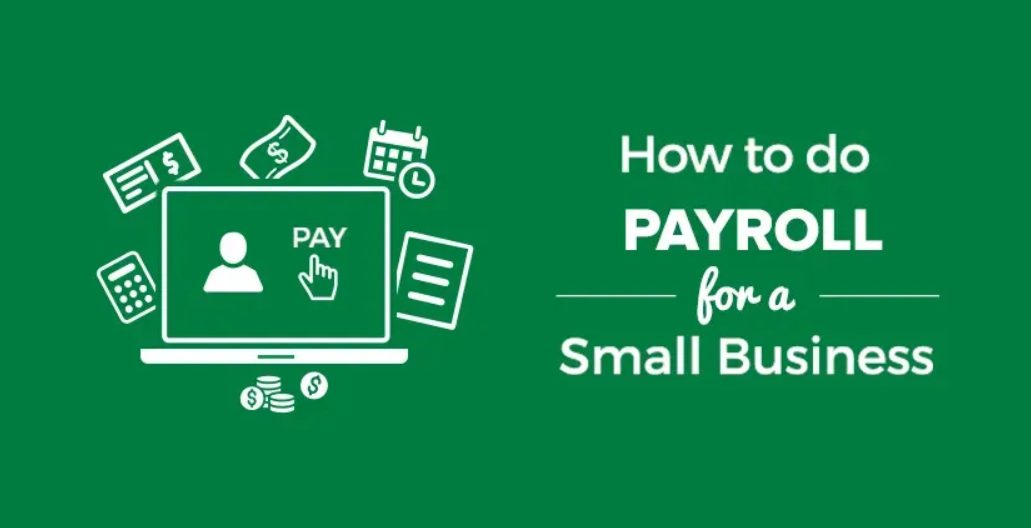Managing payroll is a crucial aspect of running a small business. Paying your employees accurately and on time is essential for maintaining morale and ensuring compliance with tax regulations. If you’re wondering how to set up payroll for small business, this comprehensive guide will walk you through the process step-by-step.
Contents
1. Obtain an Employer Identification Number (EIN)
An EIN is a unique nine-digit number assigned by the IRS to identify your business for tax purposes. You can apply for an EIN online through the IRS website. This number is essential for filing payroll taxes and other business-related forms.
2. Register Your Business with Your State
Depending on your state, you may need to register your business with the state labor agency or other relevant departments. This registration ensures that you comply with state-specific labor laws and regulations regarding payroll and taxes.
3. Gather Employee Information
Before you can process payroll, you’ll need to collect specific information from each employee:
- Form W-4: This form determines the amount of federal income tax to withhold from their paycheck.
- State withholding forms (if applicable): Some states require additional forms for state income tax withholding.
- Direct deposit authorization (optional): If you plan to offer direct deposit, you’ll need authorization forms from your employees.
4. Choose a Payroll Schedule
Determine how often you’ll pay your employees. Common payroll schedules include weekly, biweekly, semi-monthly, and monthly. Consider your cash flow and employee preferences when choosing a schedule.
5. Select a Payroll System
There are several options for managing payroll:
- Manual payroll: This involves calculating payroll taxes and deductions yourself. It can be time-consuming and prone to errors.
- Payroll software: Software programs like QuickBooks or Gusto automate many payroll tasks, making the process more efficient.
- Payroll service provider: Outsourcing your payroll to a professional service provider can save you time and ensure compliance.
Consider your budget, the number of employees, and your comfort level with payroll tasks when choosing a system.
6. Calculate Payroll
Calculate each employee’s gross pay based on their hours worked, salary, or commission. Then, calculate and withhold the following deductions:
- Federal income tax
- State income tax (if applicable)
- Social Security tax
- Medicare tax
- Additional deductions (e.g., health insurance, retirement contributions)
The remaining amount is the employee’s net pay.
7. Pay Employees
Distribute paychecks or direct deposit payments to your employees on the designated payday. Ensure you keep detailed records of all payments and deductions for tax purposes.
8. File Payroll Taxes
You’ll need to file payroll taxes with the IRS and your state tax agency (if applicable) regularly. This includes federal income tax, Social Security and Medicare taxes, and federal unemployment tax. The frequency of filings depends on your payroll schedule and the size of your payroll.
9. Generate and Distribute W-2 Forms
At the end of each year, you must provide each employee with a W-2 form that summarizes their earnings and tax withholdings for the year. You must also file copies of these forms with the Social Security Administration.
Tips for Setting Up Payroll for Small Business
- Understand the regulations: Familiarize yourself with federal and state labor laws and tax regulations related to payroll.
- Keep accurate records: Maintain detailed records of all payroll transactions, including hours worked, wages paid, and tax deductions.
- Use technology: Utilize payroll software or a payroll service provider to streamline the process and ensure accuracy.
- Stay compliant: Stay up-to-date with changes in tax laws and regulations to avoid penalties.
- Seek professional help: If you’re unsure about any aspect of payroll, consult with an accountant or payroll professional.
Is a Payroll Service Right for Your Small Business?
While you can set up and manage payroll yourself, many small businesses choose to outsource this task to a payroll service provider. This can be a cost-effective option, especially if you don’t have in-house expertise in payroll. Payroll service providers handle all aspects of payroll processing, including tax calculations, filings, and direct deposit. They can also help you stay compliant with complex payroll regulations.
Conclusion
Setting up payroll for your small business may seem daunting, but with careful planning and the right tools, it can be a manageable process. By following the steps outlined in this guide and seeking professional assistance when needed, you can ensure that your employees are paid accurately and on time, while also maintaining compliance with tax laws.
If you found this guide on how to set up payroll for small business helpful, please share it with other small business owners who may be facing the same challenge.
Remember, efficient payroll management is not just about paying your employees; it’s about fostering a positive work environment and building a successful business.






